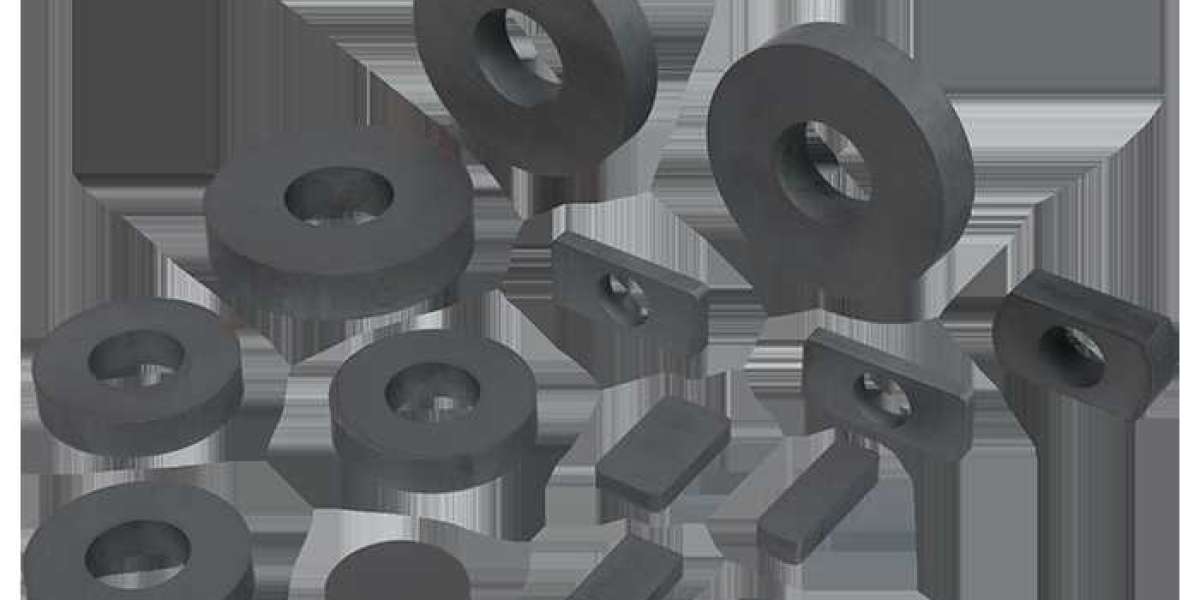Understanding Ferrite Rings
Ferrite rings, also known as ferrite beads or chokes, are small toroidal cores made from ferrite materials, which are ceramic compounds based on iron oxide. These materials exhibit high magnetic permeability at low frequencies and become increasingly resistive with increasing frequency, making them ideal for filtering out unwanted electromagnetic noise. Their non-conductive nature and ability to dissipate energy as heat make ferrite rings indispensable in the fight against EMI.
Suppressing EMI with Ferrite Rings
The primary function of a ferrite ring is to reduce the level of conducted and radiated EMI. When an electrical cable passes through the center of a ferrite ring, it creates a magnetic field that induces a counteracting voltage, which helps to cancel out the original interference. This phenomenon is more pronounced at higher frequencies where ferrites tend to have higher impedance. By strategically placing ferrite rings around cables, designers can significantly reduce the emission of electromagnetic noise, ensuring that their devices comply with regulatory standards and do not interfere with other nearby electronics.
Enhancing EMS through Proper Implementation
While ferrite rings excel at mitigating EMI, they also play a crucial role in improving the electromagnetic susceptibility (EMS) of electronic devices. By acting as a high-frequency filter, ferrite rings can protect sensitive circuitry from external electromagnetic disturbances, thus enhancing the overall robustness of the system. For instance, in applications where devices are exposed to harsh electromagnetic environments, such as industrial settings or automotive electronics, the inclusion of ferrite rings can be critical in maintaining performance and reliability.







